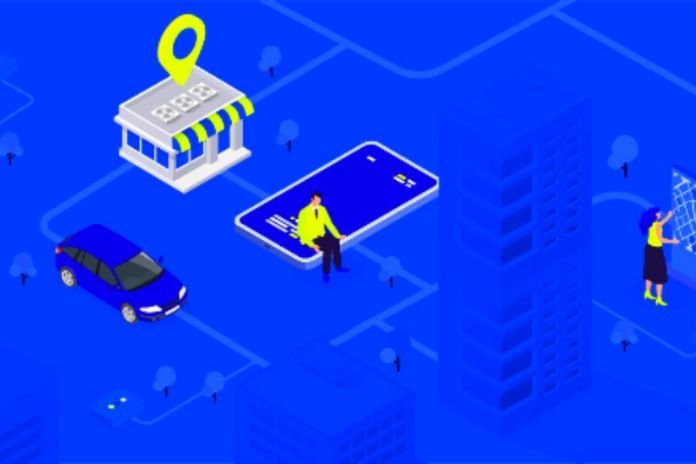Have you spent hours looking for Wally in the “Where’s Wally?” books? If it were a product’s target nowadays, investing in Geomarketing would be almost a matter of life or death for brands.
By the way, those pages full of bizarre and cute characters define the niches and the different customers inserted in them well. For example, people who go to a country club can be segmented into couples with children who like to sunbathe; some know how to swim, others don’t, but everyone wants to spend a happy and safe time with their family. Geomarketing is a strategy that uses location intelligence in some tools to find potential customers in a given location.
What Actions Are Part Of This Strategy?
Returning to our dear old Wally, how did you locate him? Did you spend long minutes looking at the tips, asking friends who had already found them, or just pretending that you had managed not to be left out?
If Wally had a GPS-enabled smartphone and checked in through Facebook, it would be easier to find him. After all, this is the basic information used in mapping potential customers in a region. With it, you can perform various actions. See what they are!
Geotargeting
Starting with geotargeting, the most used today consists of setting up a marketing campaign based on the location of the users’ IPs. With geotargeting, it is possible to determine the city, region, neighborhood, radius of distance from the establishment and, in some cases, even the zip code. You will find this feature on Google Ads and Facebook Ads. For example, some news sites or virtual stores assemble their main pages according to the user’s location.
Check-in
Users of social networks can configure their profiles to perform automatic check-ins every time they enter an establishment that registers online or completes them manually.
For brands, this is great as it generates buzz and audience engagement. But the main thing is: what is the benefit perceived by the customer in doing this?
That’s where strategy comes in! Creating values and differentials for users to mark their presence on social networks is necessary. This can be done with exclusive offers, loyalty actions, giveaways, or the mental triggers associated with the brand.
An interesting trigger is exclusivity. A SPA hotel that works on its positioning with high-value services can encourage its guests to digitally mark their presence to attest to their status and social prestige.
Geofencing
This strategy generates an exciting experience for the customer because he receives relevant and engaging content once he enters the virtual perimeter determined by the brand. And in this case, it’s not magic, and it’s a technology like global positioning (GPS) or radio frequency identification (RFID).
When a lead falls within that established threshold, they receive a text message, email alert, or in-app notification. After all, proximity to the establishment can favor a new acquisition. The content of the messages can be the transit time he will spend to the store or even the existence of a promotional event on that date.
Geolocated Ads On Facebook And Instagram
When creating ads on social networks, it is possible to map the audience you want to reach through your location and region. All this is to attract a more qualified audience to view the brand’s ads.
It is essential to understand the profile of potential customers, not only by geographic factors but also by their interests and needs. Thus, investment in ads can bring more substantial results.
A shopping mall store, for example, can direct its Ads to residents of the region, who are parents, pregnant women, have specific purchasing power, like well-known brands of children’s products, etc., and thus create campaigns that are much more efficient in terms of conversion.
Brand Location On Social Media
Also called geotagging, it is the tool that allows a social network user to mark the location where he is. In this case, for example, the store where he is purchasing a product or the restaurant he is dining at.
Thus, another user following your content can click on the markup and receive the address or map on how to reach it. For brands that invest in influencer marketing, for example, having this feature is essential, so hired influencers will use their location tagging, and their followers, in turn, can see where the store is.
Have A Google My Business Account
Google My Business benefits the company and its customers by bringing together all the information and interaction possibilities in one place. The brand can inform its opening day and hours and, after some follow-up time, see the frequency of visits to its establishment to find the peak hours.
Also Read: Three Marketing Strategies To Recover Abandoned Carts












